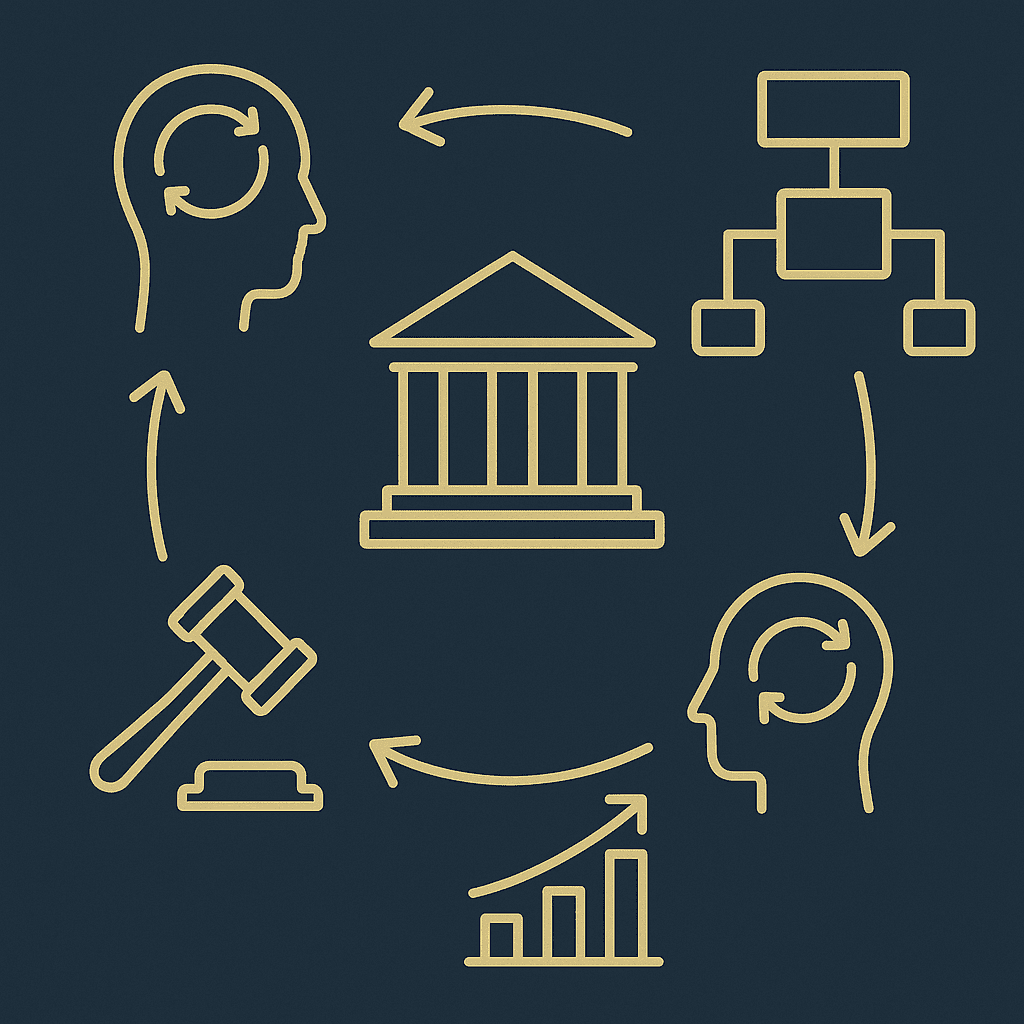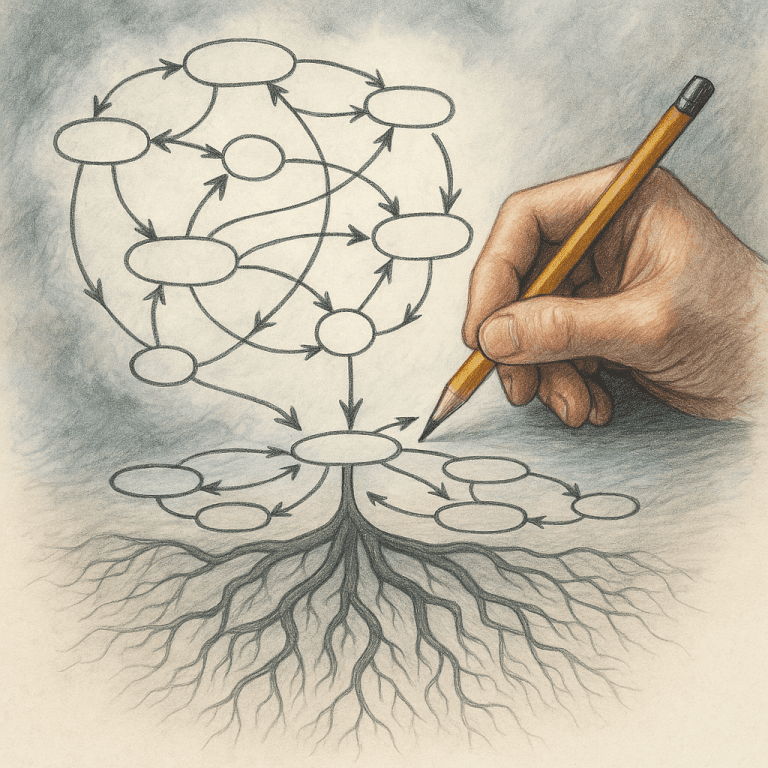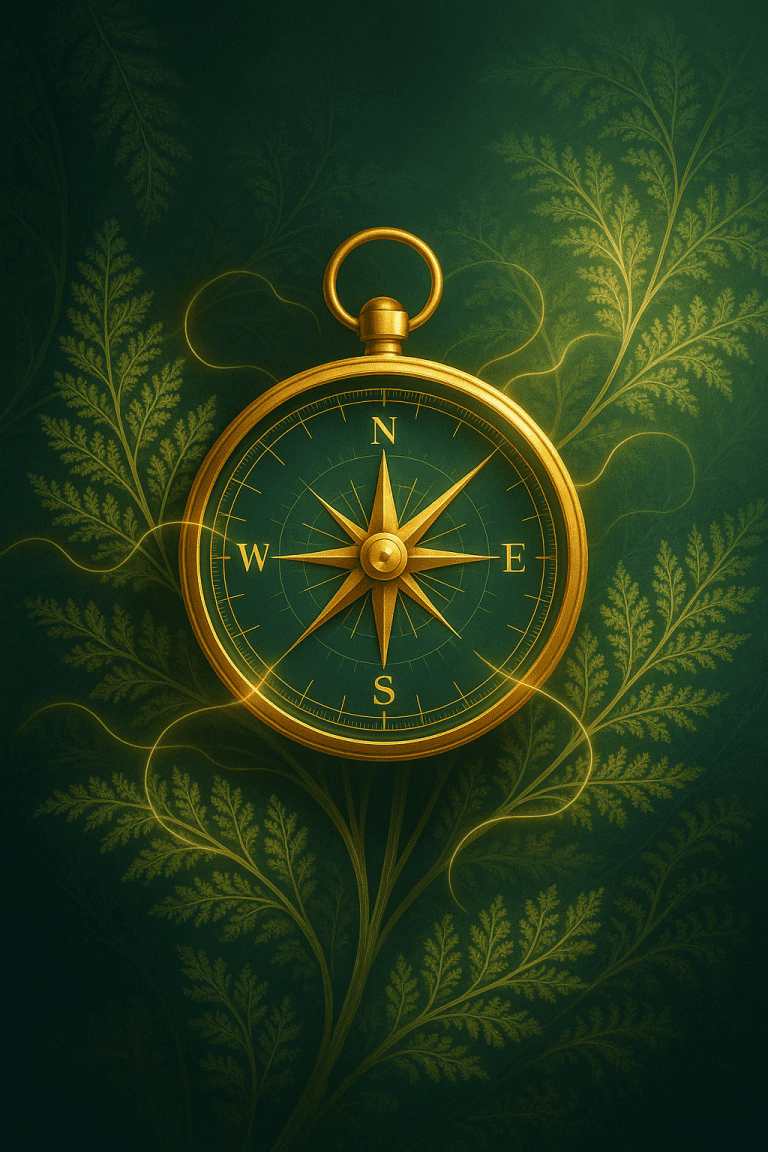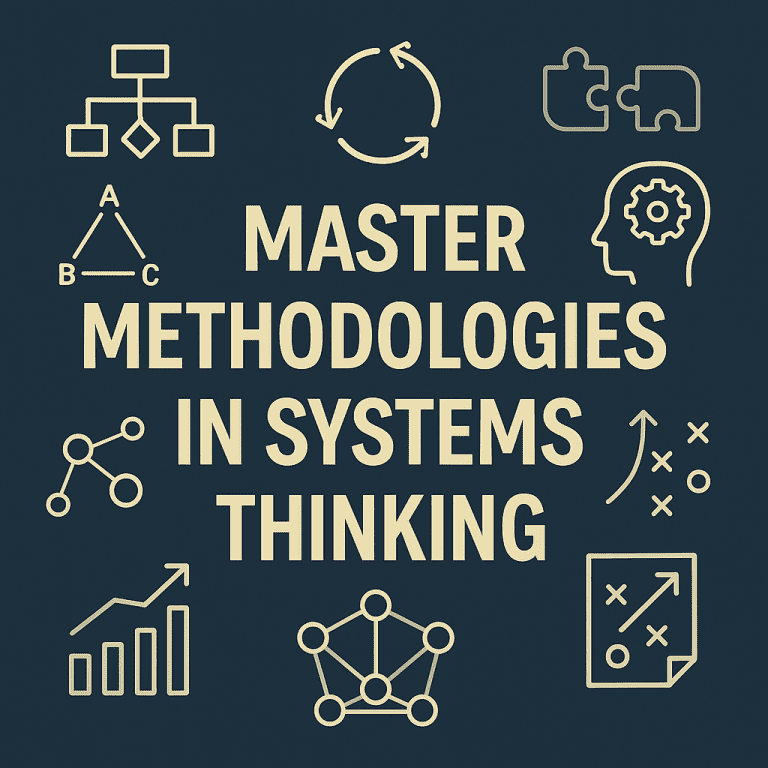Beyond Silos: Designing Smarter Societies
Governments today rarely deal with simple problems. They’re constantly grappling with entangled, wicked challenges — rising healthcare costs, persistent learning gaps, youth unemployment, escalating water scarcity, housing shortages, climate risk, and relentless geopolitical volatility.
These aren’t just difficult issues. They are profoundly complex. They span multiple ministries, defy linear logic, and stubbornly resist one-size-fits-all solutions.
Too often, well-meaning policy reforms fall flat not because of bad ideas — but because of deeply ingrained siloed thinking. A solution designed to optimize one part of the system inadvertently creates severe strain in another. A policy crafted for short-term political gain quietly erodes long-term societal resilience.
Systems thinking offers a critically needed new lens — one urgently required for effective governance in the 21st century.
It doesn’t promise magic answers. But it equips public leaders to ask better questions, see the interdependencies that matter, and design interventions that honor complexity rather than suppress it.
This post explores how systems thinking profoundly enhances public-sector effectiveness across five vital domains:
🏥 1. Healthcare
From reactive service delivery to proactive system resilience
A well-functioning healthcare system isn’t just about building more hospitals or adopting the latest technologies. It’s about the dynamic flow of patients, information, resources — and trust.
Without a systemic lens, reactive policies often lead to chronically overcrowded ERs, underfunded preventative care, and widespread clinician burnout.
Systemic Insight:
- Surface reinforcing loops between access, emergency overuse, and underinvestment in prevention.
- Diagnose time delays (e.g., prevention benefits showing years later).
- Model how incentives shape behavior across providers, patients, and institutions.
Example: Focusing on high-end treatment facilities without addressing prevention leads to more chronic illness, which burdens tertiary care further — a reinforcing loop.
Policy Action:
☑ Build causal maps focused on patient journeys.
☑ Identify system bottlenecks, delays, and unintended effects.
☑ Target feedback loops that reinforce inequality or unsustainable costs.
🏫 2. Education
From isolated curriculum reform to nurturing learning ecosystems
Education is not a silo. Student success emerges from a rich interplay between home, school, culture, policy, and economy.
Linear assumptions like “revise curriculum = better results” often fail to account for this wider web.
Systemic Insight:
- Model socioeconomic impacts on learning (poverty, home life, resources).
- Identify balancing loops (e.g., exam pressure leading to disengagement).
- Track reform ripple effects (e.g., teacher incentives affecting morale and outcomes).
Example: Raising exam difficulty might boost scores temporarily but increase dropout rates if not supported by systemic investments.
Policy Action:
☑ Use stakeholder maps from diverse viewpoints — students to ministers.
☑ Identify friction points and cross-sector leverage opportunities.
🏠 3. Urban Development
From static zoning codes to dynamic, adaptive cities
Cities are living systems. Yet urban planning often clings to static blueprints: expanding roads without modeling demand, zoning housing without considering transport or jobs.
Systemic Insight:
- Map feedback between land use, mobility, affordability, and energy.
- Identify unintended consequences (e.g., gentrification, congestion).
- Account for infrastructure life cycles and behavior shifts.
Example: Expanding a highway may reduce traffic temporarily but increase long-term congestion, pollution, and inequality — a classic induced demand loop.
Policy Action:
☑ Map one city zone’s full system: housing, mobility, services.
☑ Find loops driving decline or unsustainable growth.
☑ Identify leverage points for resilient, people-centered urban design.
🌍 4. Social Issues
From fragmented responses to holistic structural insight
Complex social problems — addiction, unemployment, domestic violence — are deeply interwoven with structural conditions. Surface solutions often miss this.
Systemic Insight:
- Map entanglements: poverty → stress → dropout → crime.
- Surface intergenerational loops of vulnerability.
- Model where services overlap or break down across silos.
Example: A job training initiative will fail if it doesn’t address transport, mental health, childcare, and trust — all part of the same web.
Policy Action:
☑ Choose one persistent issue in your community.
☑ Map diverse perspectives (beneficiaries, NGOs, frontline workers).
☑ Identify structural loops that consistently resist change.
🌐 5. International Relations
From static diplomacy to dynamic interdependence
Geopolitics today is fluid and nonlinear. Alliances shift fast. Trade disruptions ripple globally. Public sentiment outpaces policy.
Systemic Insight:
- Map cultural, ecological, economic, and digital interactions.
- Identify tipping points and feedback loops in global affairs.
- Use scenario planning to prepare for multiple futures.
Example: Drought-driven food insecurity can trigger migration, trade instability, political unrest — an international reinforcing loop.
Policy Action:
☑ Use causal diagrams across ministries and borders.
☑ Model cross-sector ripple effects (e.g., how tech, health, and migration interact).
🏋️ Mini-Practice: Map One Government Service as a System
Choose a government function you experience often — school enrollment, traffic fines, hospital referrals, waste collection.
Now sketch its system:
- Who are the stakeholders? What are their relationships?
- Where are bottlenecks, delays, or invisible loops?
- What mental models shape this system’s behavior?
- What’s visible? What’s hidden — yet influential?
Even a simple diagram can unlock more insight than weeks of isolated policy memos.
🧠 Final Thought
The future of effective governance won’t be built by dashboards and data alone.
It will be shaped by the courage to think in systems — to see relationships, loops, delays, mental models, and long-term consequences where others see only silos.
Across Oman, the GCC, and beyond, governments that adopt this mindset will stop playing policy whack-a-mole… and start designing smarter societies.
Not perfect ones.
But resilient ones. Coherent ones. Adaptive, inclusive, and human-centered — by design.
Systems thinking in policy isn’t about adding more intelligence. It’s about learning to see wholeness.
And in a world increasingly fragmented, that may be the wisest act of leadership we can choose.
- The Whisper of the Whole: A Systems Thinking Guide for Consultants
- What is a System, Really?
- The Living Dance of Systems
- Resilience and the Wisdom of Adaptive Systems
- Roots of Insight
- The Systems Thinker’s Compass
- Drawing Complexity
- Peering Below the Surface
- Master Methodologies in Systems Thinking
- Enhancing Familiar Tools with Systems Thinking
- Transforming Business Through Systems Thinking
- Systems Thinking in Public Policy & Governance
- Sustainable Systems
- Systems Thinking for Engineering & Technology
- The Inner System: You
- The Roadblocks
- The Future of Systems Thinking
- Systems Thinking FAQ: Myths, Misunderstandings & Core Insights







